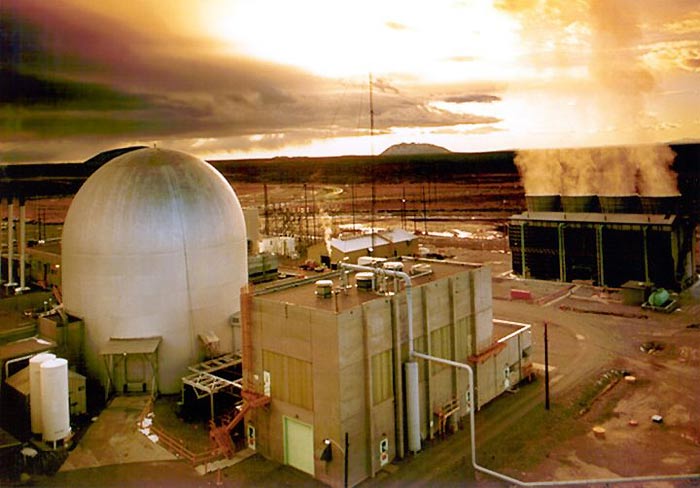GE-Hitachi and Southern Nuclear to Pair on Fast Reactor Design Advancement
GE-HItachi Nuclear Energy (GEH) and Southern Nuclear Energy will collaborate to study the development and licensing of GEH’s PRISM sodium-cooled fast reactor design.
Southern Nuclear Development, a subsidiary of Southern Co. company Southern Nuclear Operating Co. signed a memorandum of understanding to study the high-energy neutron reactor design, as well as to work together toward participating in future U.S. Department of Energy advanced reactor licensing projects.
The companies said in a joint press release on October 31 that the PRISM design has benefited from the operating experience of EBR-II. Developed under the U.S. Integral Fast Reactor (IFR) program, the EBR-II was a 62-MWe prototype that began operations in 1961 at a Argonne National Laboratory site in Idaho Falls, Idaho, and operated for more than 30 years. The prototype was used for testing materials and design concepts and later used to generate power for other site facilities.
The reactor was shut down in 1994. In mid-2015, crews completed work to entomb the reactor, removing and treating the last of the sodium coolant from the reactor’s nine heat exchangers.

“GEH believes that no U.S. fast spectrum reactor technology has more testing, design or operational experience than PRISM,” the company said on October 31. “On this basis, PRISM seems well positioned to continue the licensing process and to generally provide a critical regulatory path for licensing of other advanced reactor technology in the U.S.”
According to a GEH analysis, PRISM technology on a commercialized basis could eventually consume all estimated 178,000 metric tons of nuclear material contained in used fuel stocks worldwide. The reactor could also provide power for as long as 200 years, based on a per household consumption of 3,400 kWh/year, the company said.
For more on PRISM, see “PRISM: A Promising Near-Term Reactor Option,” in POWER’s August 2011 issue.
—Sonal Patel is a POWER associate editor